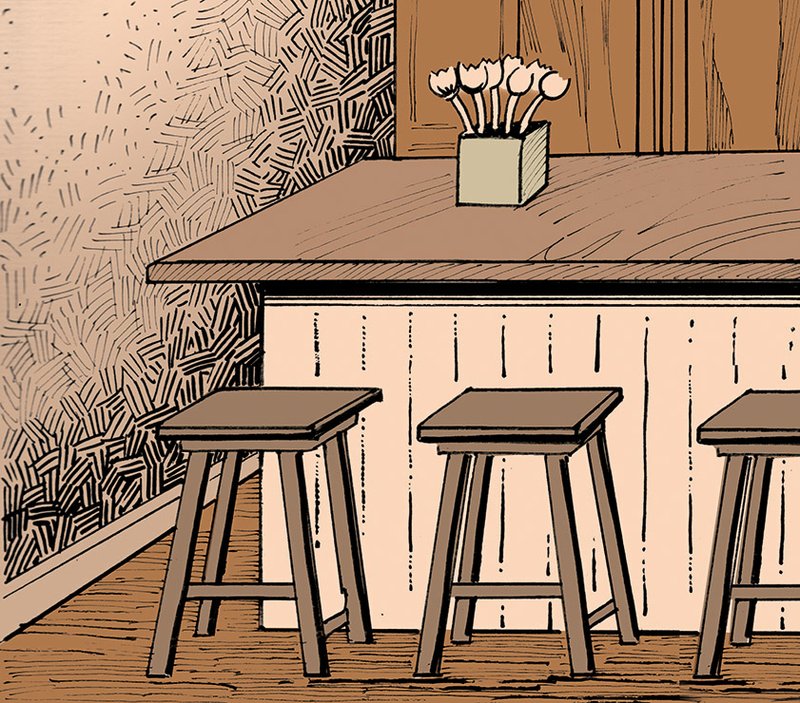I recently bought a new house that doesn’t have much counter space in the kitchen but we believe the room is large enough to accommodate an island. How should I go about choosing the best size and counter top material?
“If there’s a place for an island, people want one,” says Michael Laniri, owner of Kitchen & Bath Concepts of Little Rock.
An island’s freestanding counter top, which is accessible from all sides, can offer more working space and its cabinets stretch storage space.
Adding a kitchen island can increase resale value for the house by adding work space, a second sink or stove top and counter seating.
If a minimum of 8 ½ feet is available, one can add a 2-by-3-foot structure, Laniri says. But that size will not accommodate additional seating.
“Most people would prefer to have an island that includes stools with it and overhang on one side or the other but those styles of islands do take up substantially more room — a minimum of 10 feet in depth,” he says. When it comes to seating, a general rule regarding the island’s length is to plan for 2 feet per person.
“What people are usually looking for is four stools of seating,” he says. “An 8-foot-long one will seat four people and a 10-foot long island will seat five to six people.”
“Make sure you’ve got adequate space,” Laniri says. “One way a homeowner can do this is to actually tape out the dimensions on the floor and pretend it’s 3 feet tall … and leave it there for about a week … pretend it’s there and walk around it.”
In addition to the counter top space, his customers are usually seeking more storage. “ What people like are those big, deep drawers for pots and pans,” Laniri says.
Those who are building or remodeling kitchens are interested in the latest offerings in counter top materials.
“We’re doing just about exclusively quartz for the surfaces of kitchen islands as well as the perimeter of the kitchen’s counter tops. It’s pretty much taken over the granite sales,” Laniri says. “It costs about the same as the granite, sometimes a little less, but the big difference is it has zero maintenance; it never has to be sealed or resealed like granite does.”
He adds that hot pots can be set on it with no damage and anyone who cuts the surface will dull his knife before the counter top is damaged.
“Granite was a rock,” Laniri says. “But quartz is a much, much harder material.”
The surfaces he sells are 93 percent natural quartz and 7 percent binding and coloring.
“They are now making quartz that looks just like Carrara marble,” he says. “But real Carrara marble is soft, stains and you can’t cut on it.” His quartz counter tops have a 15-year warranty while granite has no warranty.
“The only warranty we offer on the granite is that it was installed correctly,” he says. “But it is a rock; a week later if your house shifts and it cracks, it just cracks.”
When it comes to choosing finishes for counters and an island, Laniri recommends having them match.
“A question we get pretty often from customers is, ‘Should I do this island in a different finish from the cabinets?’ We don’t much believe in that because it’s trendy,” Laniri says.
Do you have a decorating or remodeling question? Send your question to Linda S. Haymes, Arkansas Democrat-Gazette, P.O. Box 2221, Little Rock, Ark. 72203 or email:
lhaymes@arkansasonline.com
